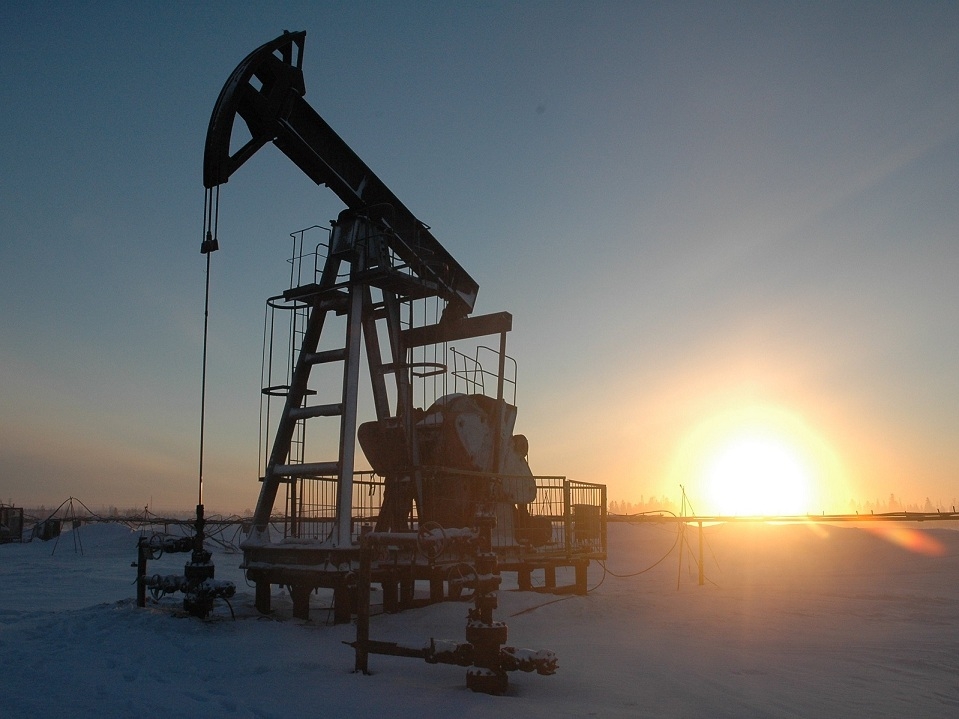The OPEC + decision and a new wave of coronavirus brought down oil prices by 7-8%

Yesterday, US stock indexes and government bond yields, as well as oil prices, plummeted on concerns about a delay in the global economy due to the spread of a new strain of Delta coronavirus and rising inflation. They were followed by lower prices for "energy" goods – rapeseed, soy, corn and sugar.
Investors sold shares of companies affected by the quarantine and bought US government bonds. As a result, the Dow Jones index fell 2.1% to 33,963.04 points, the S&P 500 - by 1.6% to 4,258. 49 points, the Nasdaq Composite - by 1.1% to 1,4274. 98 points, and the yield on 10-year US government bonds fell by 10% to the lowest level since February – 1,181%.
Oil prices began to decline on Thursday amid the decision of OPEC+ countries to increase oil production by 400 thousand barrels/day from August. However, new data on the number of coronavirus infections in the United States and Great Britain, despite the high level of vaccination of the population, collapsed quotes by 7-8%.
Brent crude futures fell 6.8% to their lowest level since June at 6 68.62/barrel. September Brent crude futures on London'S ISE fell 7.5% to 6 67.89/barrel, losing 10% over the week. August WTI crude futures fell 8% to кінця 65.95/barrel at the end of May, losing 12.8% over the week.
Following the fall in the price of oil, prices for soybeans and rapeseed, which previously rose in price against the background of unfavorable weather in Canada and the United States, fell by 2-3% yesterday.
Oil prices will soon recover, as according to statistics, crude oil reserves stored in oil tankers around the world decreased by 8.3% in a week to 87.97 million barrels, and US crude oil reserves as of July 9 were 8.1% lower than the average 5-year level, while US oil production rose to a 14-month high of 11.4 million barrels/day, although also 13% lower than the pre-quarantine level of February 2020.


